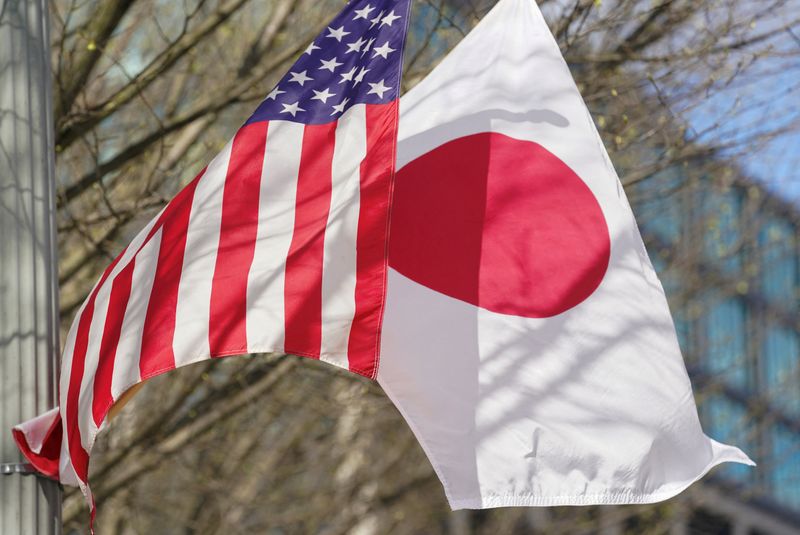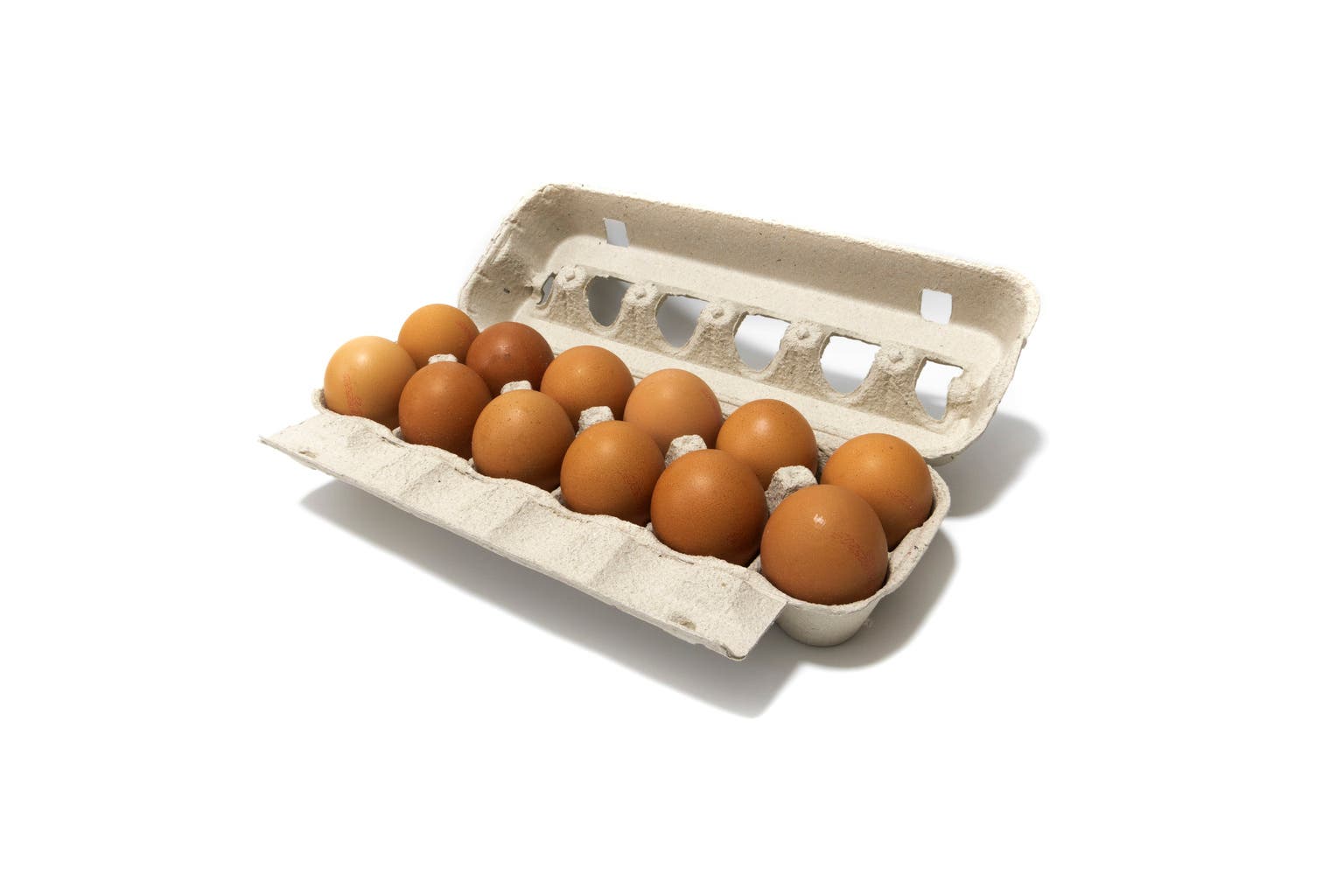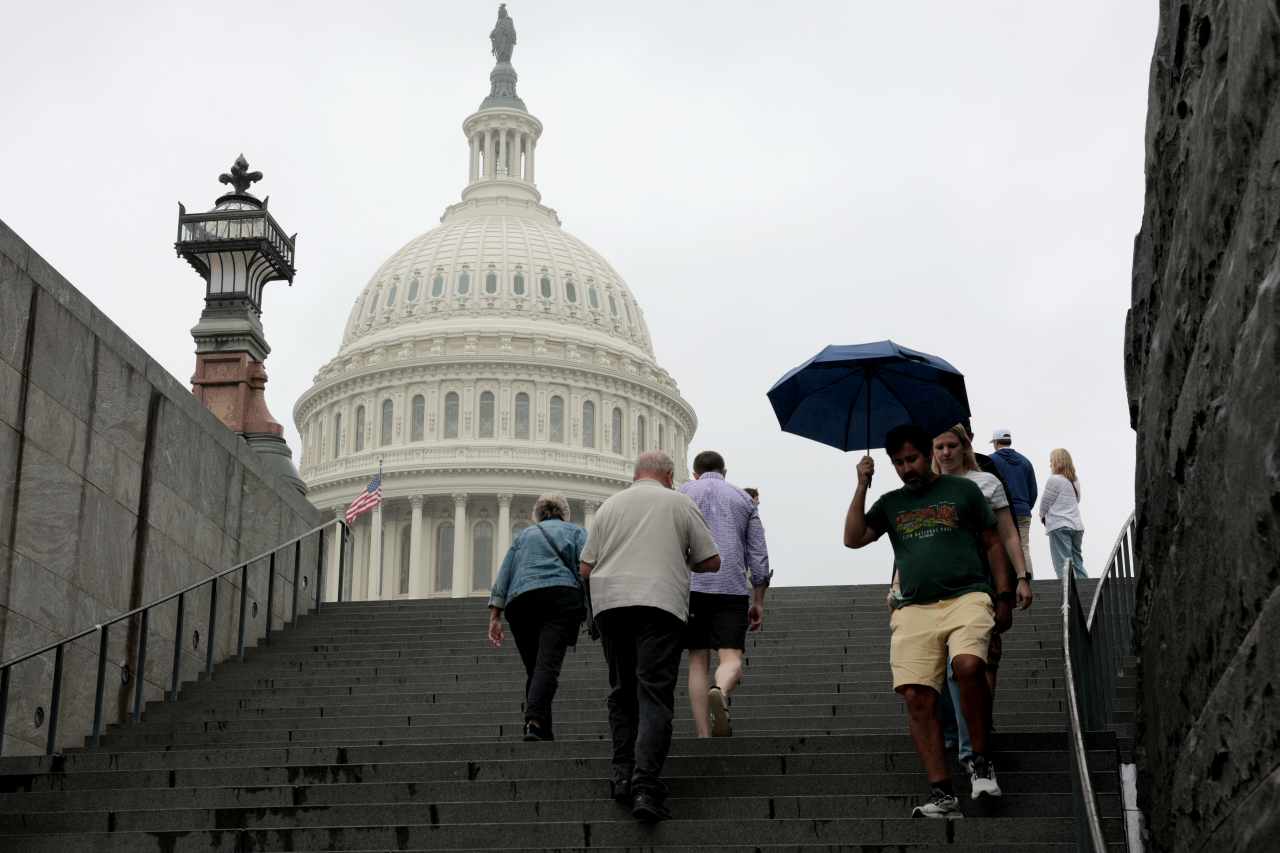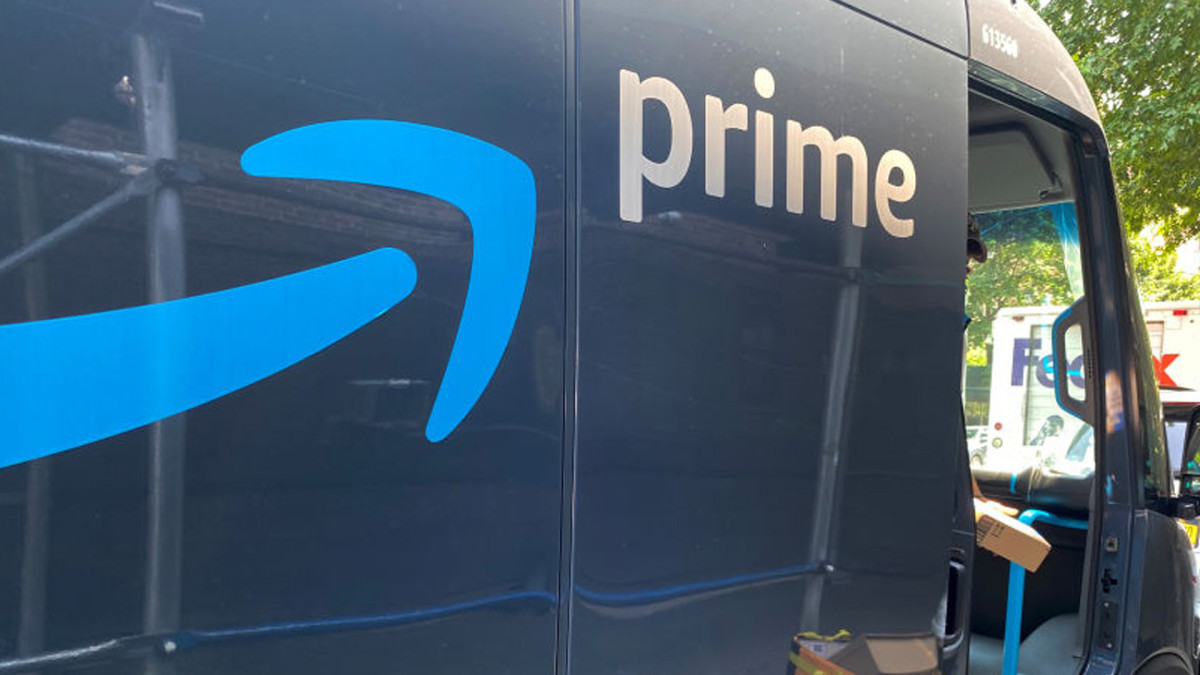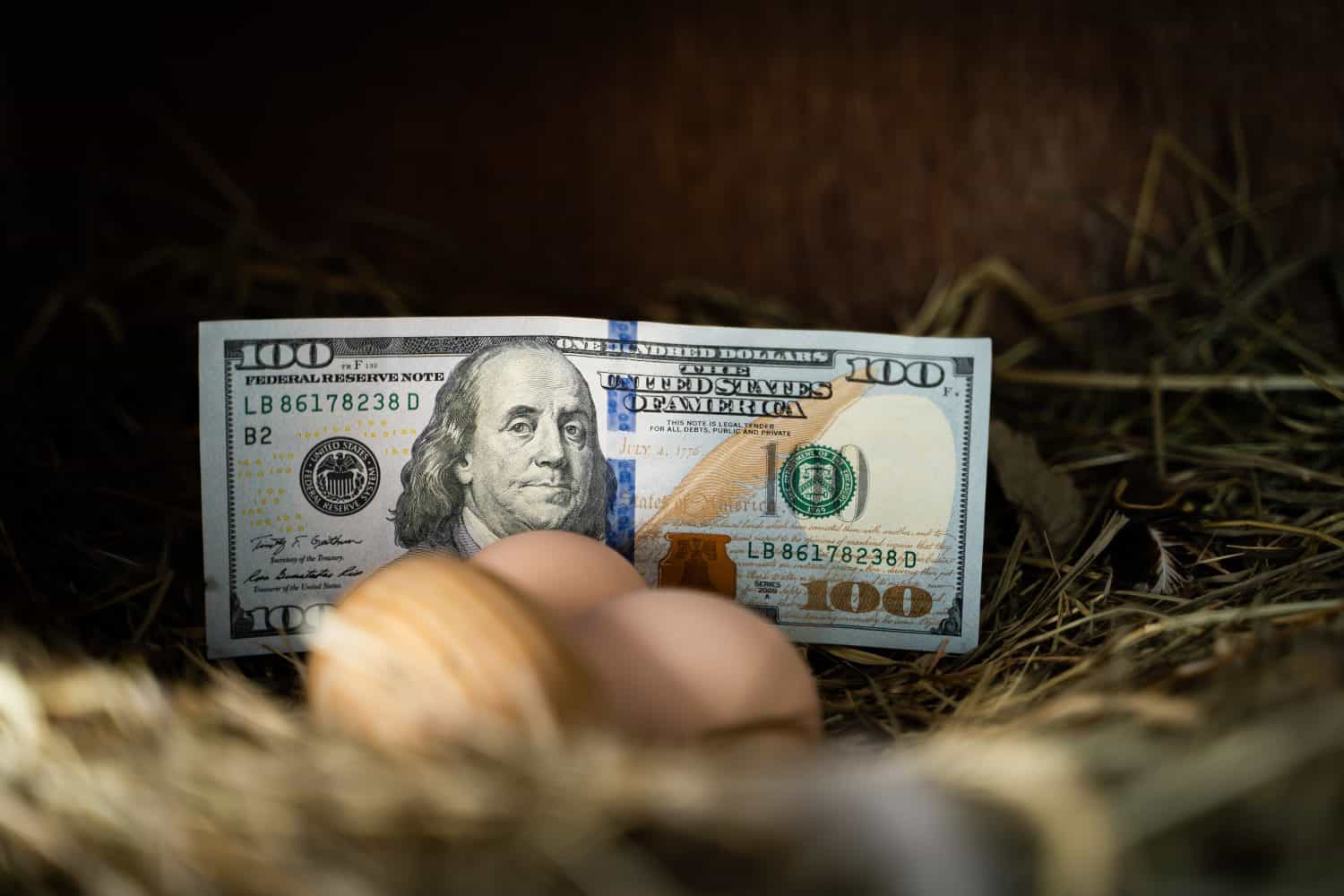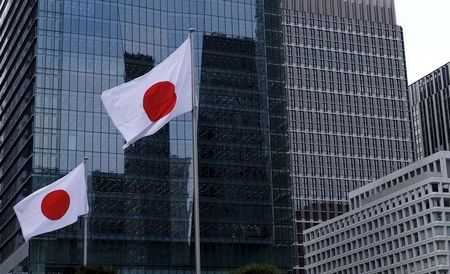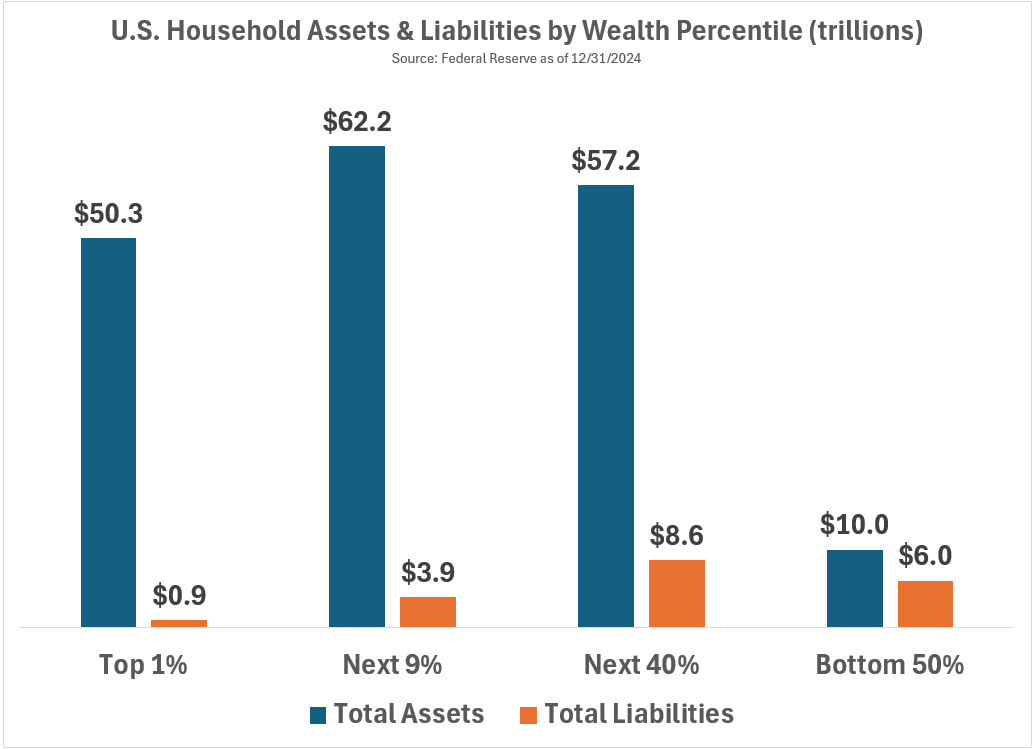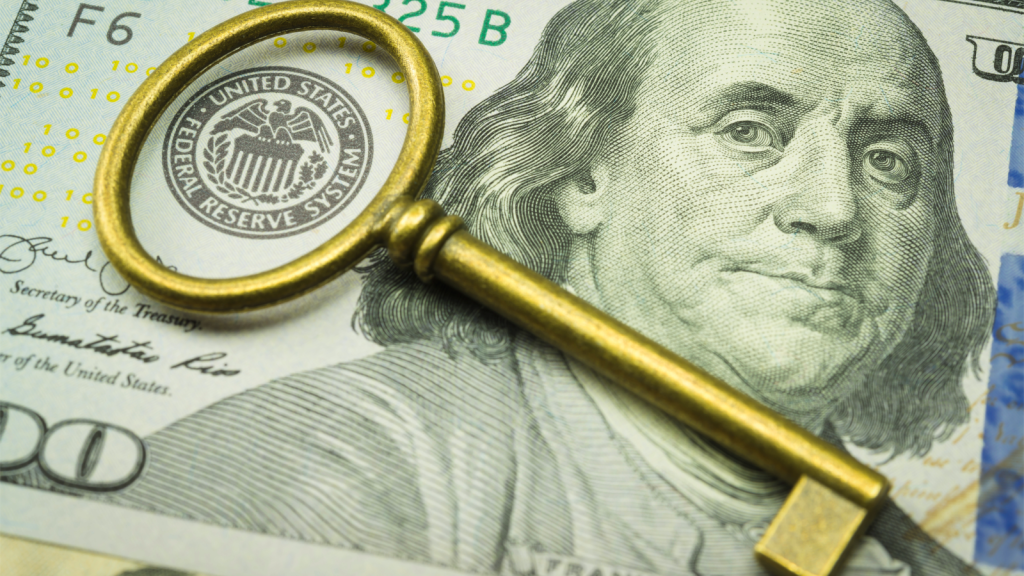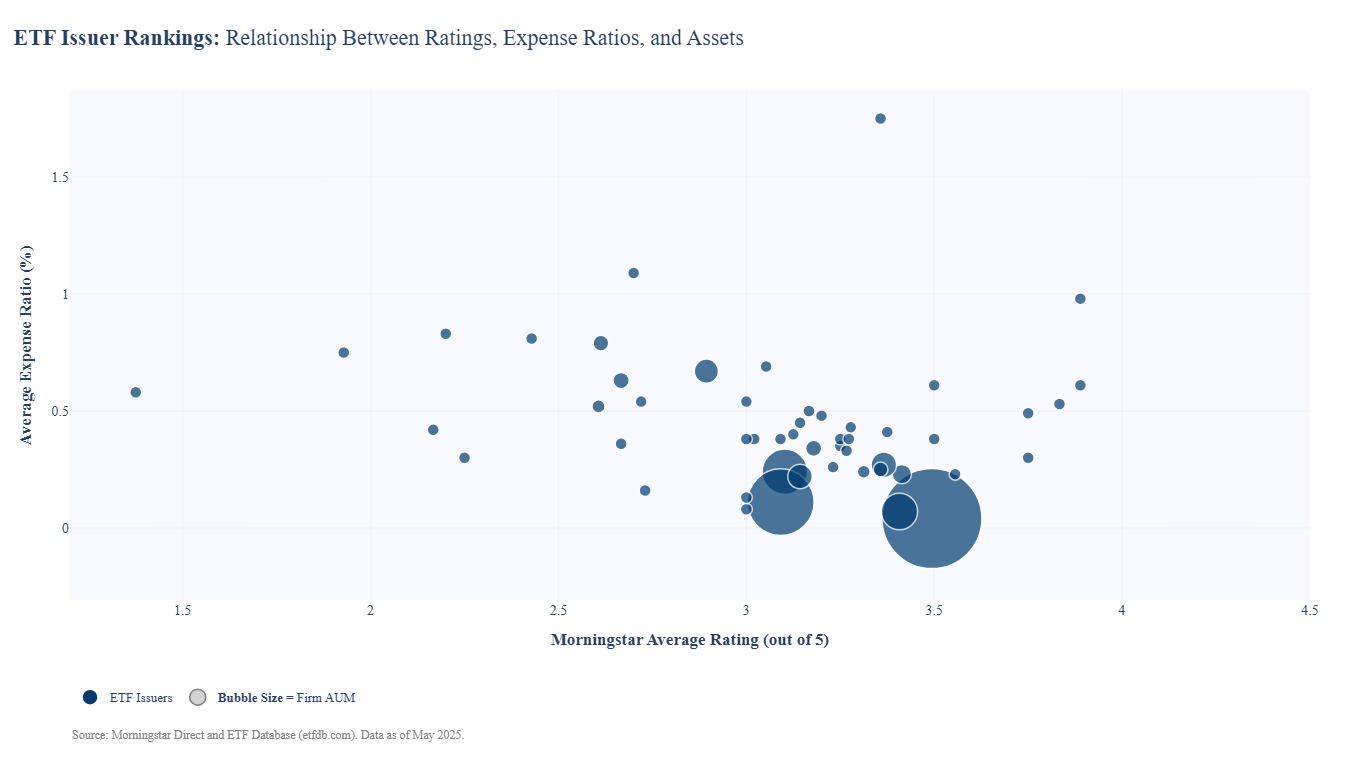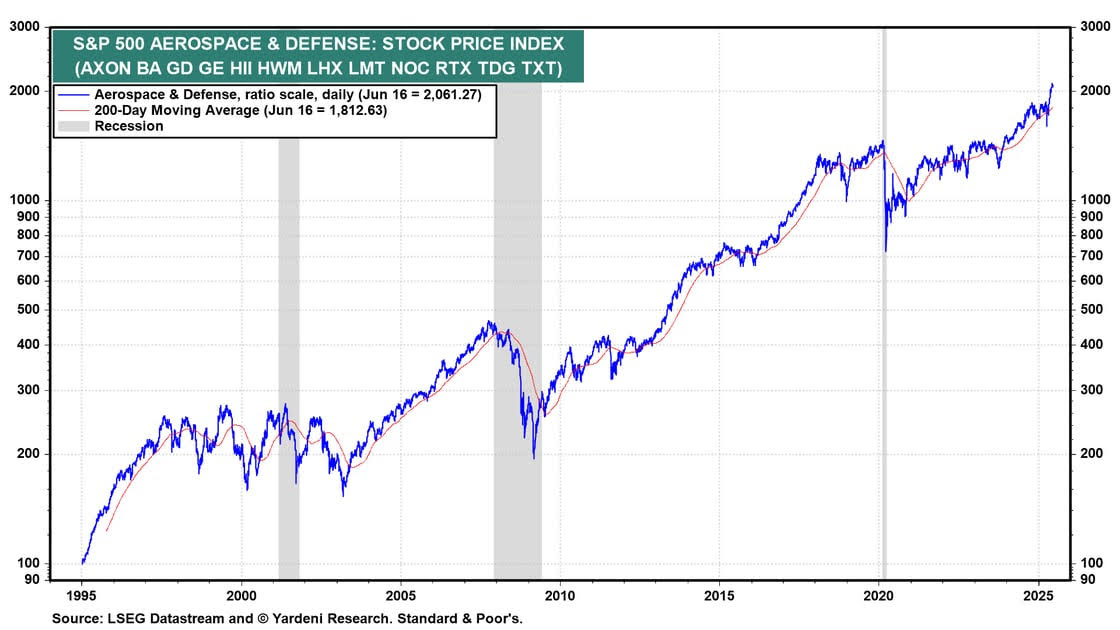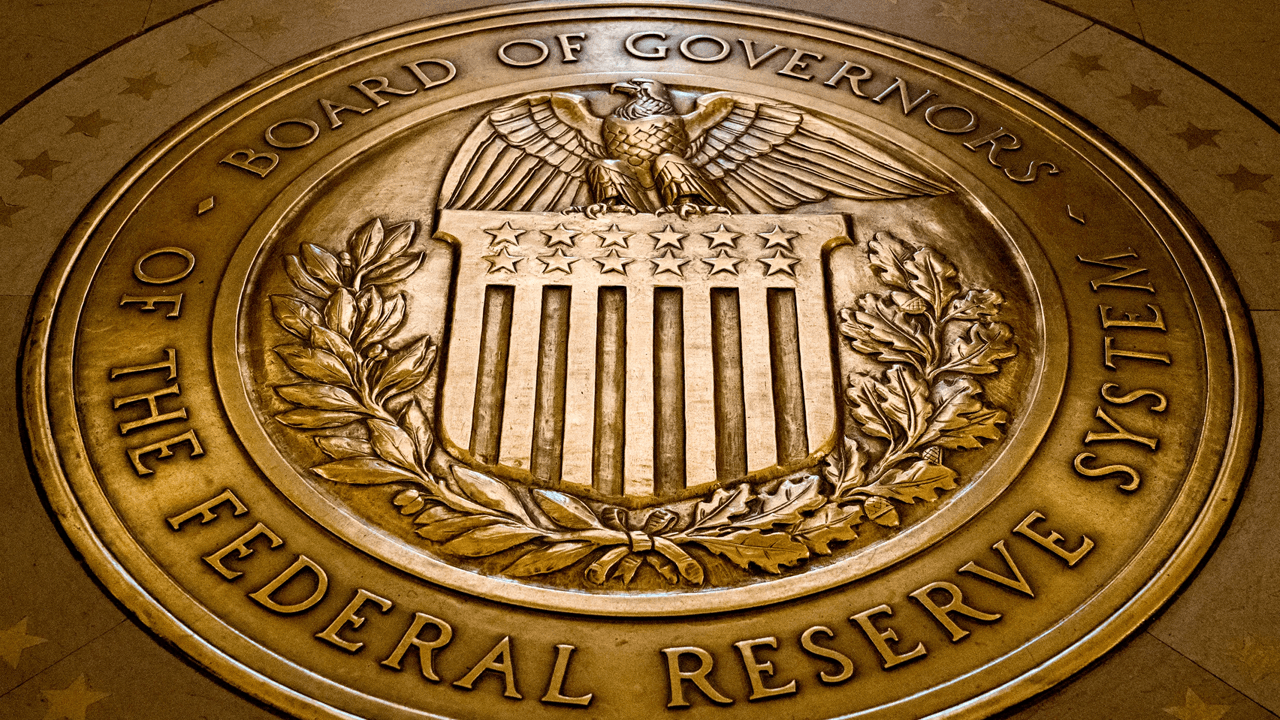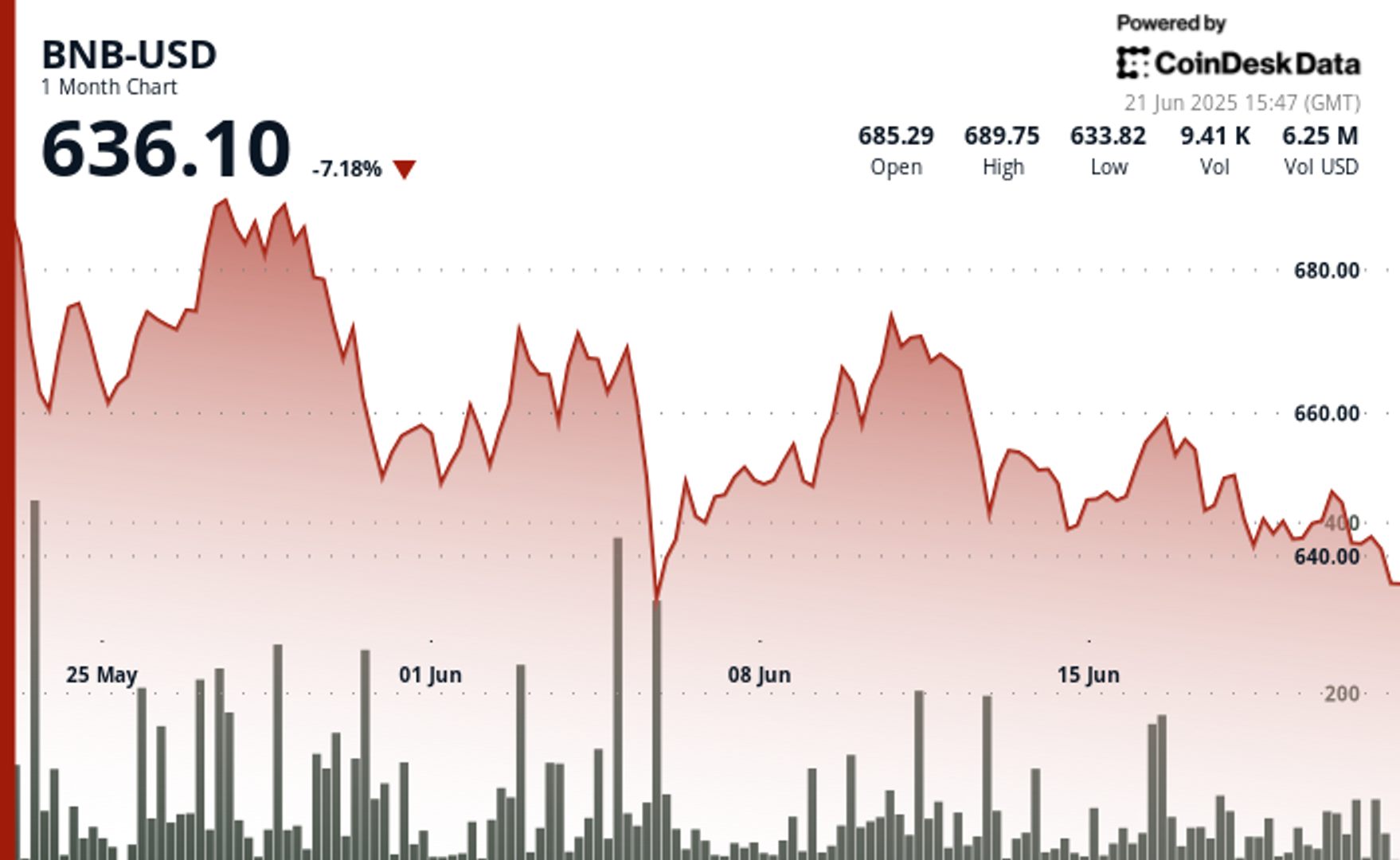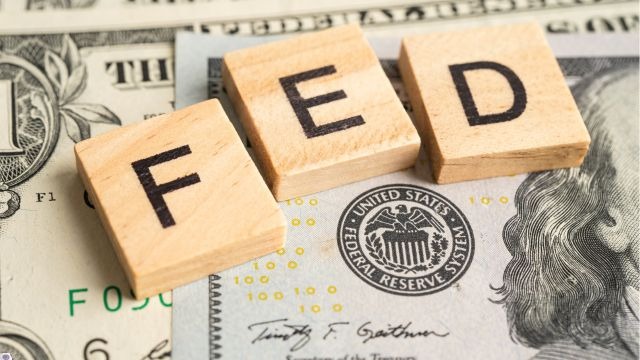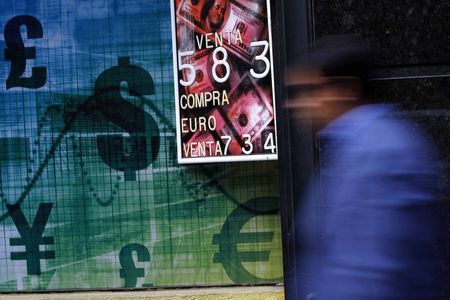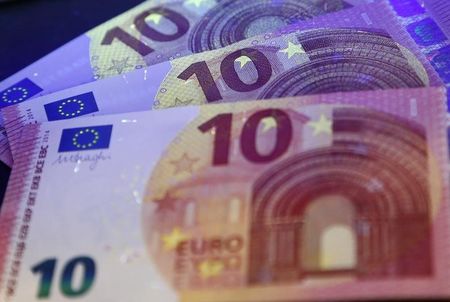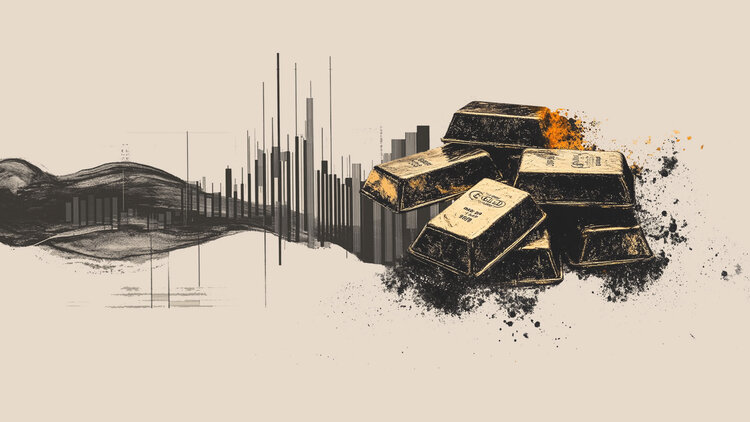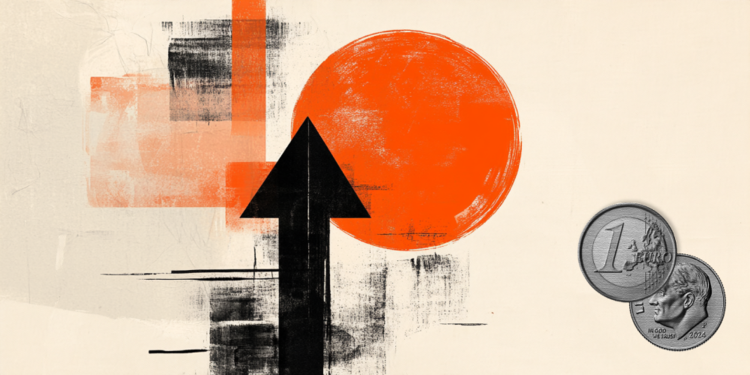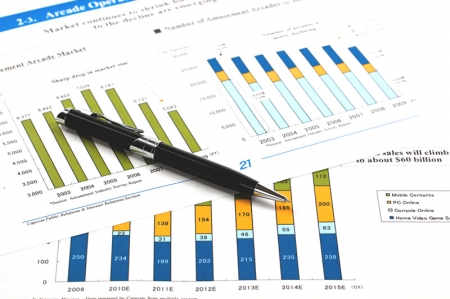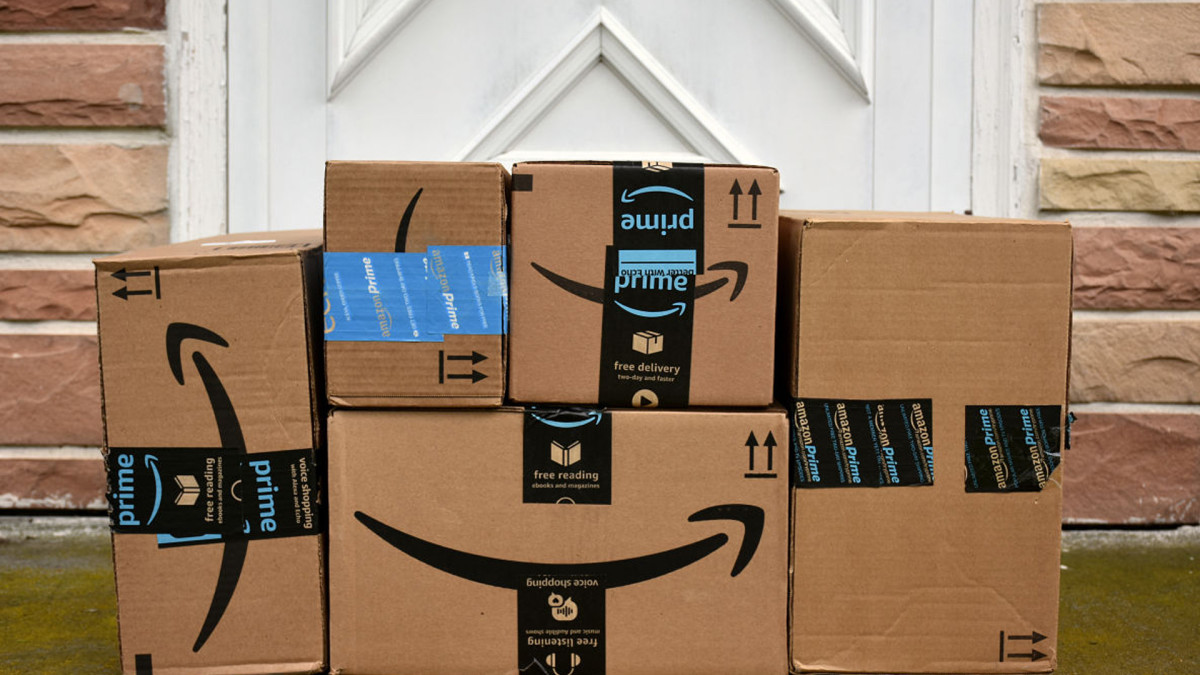Will skipping 'Made in China' beat tariff price hikes?
Consumers can't do without Chinese goods, says an expert who tried.
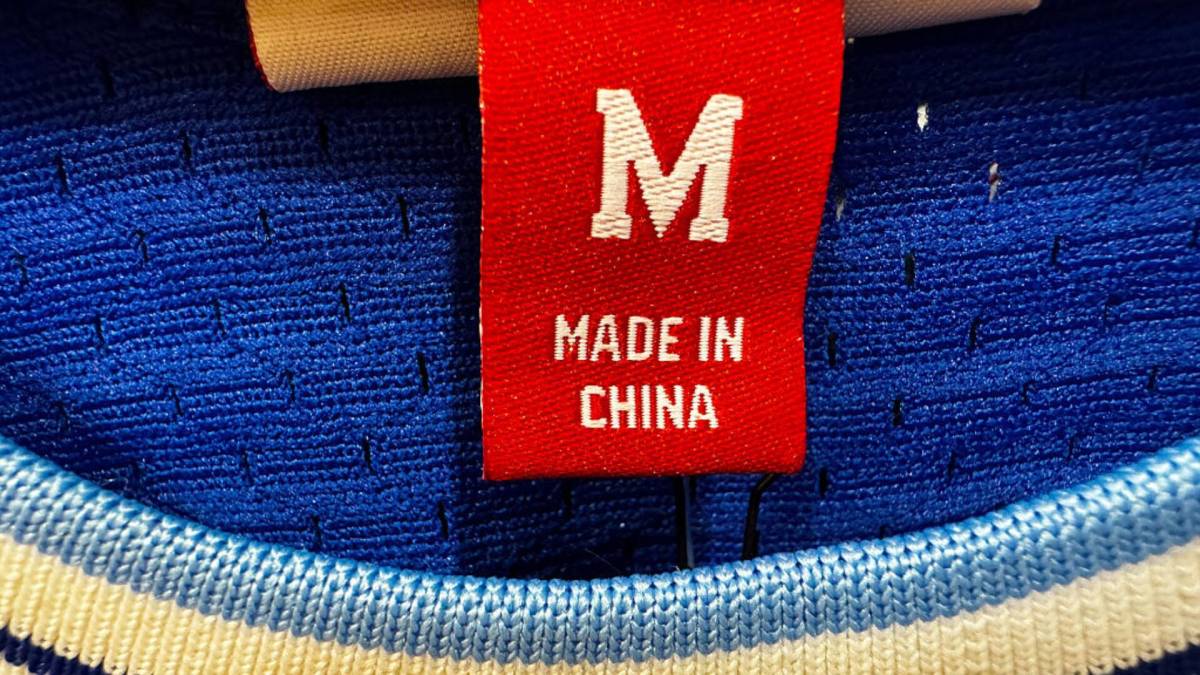
For most shoppers, “Made in China” has been a way of life for consumers. The mark is on seemingly everything.
That has consumers concerned about how tariffs and trade battles between the United States and China might hit home, literally.
If tariffs ultimately act as a tax on consumers – most economists say they do – how can Americans avoid paying higher prices? Stop buying things that were made in China.
That’s easier said than done.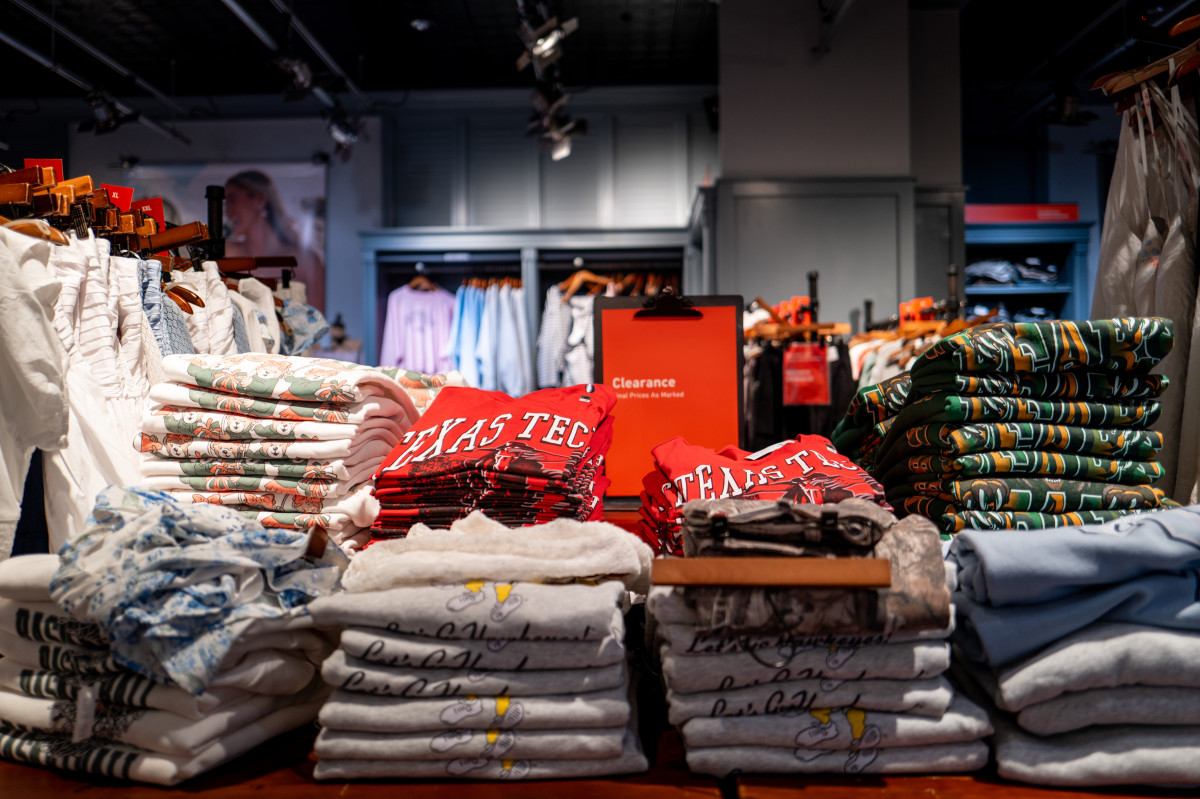
Tariffs cost Americans an extra $2,500
President Trump recently took to Truth Social to say that the United States and China have a deal that’s done, pending final approval of leaders from both countries. He said that U.S. tariffs would be set at 55% on Chinese goods, while China’s tariffs remain at 10%.
Officially, tariff plans with China and other countries are on hold until July 9, but U.S. Commerce Secretary Howard Lutnick has said several times that the 55% tariff “definitely” will not change.
Related: Major housing expert predicts huge change to mortgage rates in 2026
While many of the harshest tariff hikes face legal challenges, current U.S. tariff rates are at their highest levels in nearly a century; estimates from the Yale Budget Lab say that’s costing the average U.S. consumer an extra $2,500 a year.
A recent study by Bankrate.com covering consumer sentiment about tariffs shows that nearly two-thirds of Americans believe tariffs will have a negative impact on their personal finances. Just over 40% of respondents said tariffs would “greatly worsen” their personal finances.
Made in America: Harder than it sounds
But even if consumers decide to tackle the China tariff problem by eliminating spending on goods from the country, it doesn’t mean they will save money.
They also will find the task daunting, if not impossible.
That’s according to journalist Sara Bongiorni, who tried to live without goods from China for a year back in the early 2000s; the trials and tribulations of her effort became the basis for her book, “A Year Without Made in China.”
Bongiorni, now an adjunct professor at Louisiana State University, woke up on Christmas morning in 2005 to a house full of stuff, and as she rummaged through it, she realized almost everything was made in China.
“I said to my husband, ‘Do you think it would be possible to live for a while without things made in China? You want to try that?’ He was not very enthusiastic about that idea, but we gave it a whirl.”
Related: Forget tariffs, Fed interest rate cuts may hinge on another problem
Bongiorni didn’t set out to make a political statement or to write a book. She was simply hoping “to understand at a personal level, as best we could, how much we relied on things from China in our everyday, ordinary consumer life.”
In a recent interview on “Money Life with Chuck Jaffe,” Bongiorni recounted how her rule was to avoid the words “Made in China,” which are only seen on the end consumer product sold to shoppers. That’s a low bar, given that countless products are assembled in the United States or in other countries using parts from China.
Those goods—like the ones with the Made in China label—will incur increased costs due to tariffs.
Bongiorni noted that in certain product categories – notably toys, household gadgets, many types of electronics, coffeemakers, sneakers and footwear, and children’s clothing – it was nearly impossible to find items that weren’t made in China.
Even when she did find rare exceptions, Bongiorni noted that the options often pushed her to higher-end goods, which meant paying more for the purchase, in some cases, more than she would expect to pay now on goods from China with tariffs attached.
“I think there were so many things we didn’t buy that year because you couldn’t find a viable option that wasn’t made in China,” Bongiorni said.
She also noted that, ironically, it’s nearly impossible to celebrate a wholly American holiday like July 4th without goods from China, as the small flags, fireworks, parade toys, festive paper goods, and more were made there.
Truly trying to avoid all goods from China – including component parts – would be nearly impossible, Bongiorni said, noting that consumers would find themselves with no easy alternatives.
“The share of things, ordinary consumer items from China, account for at least 65% of things you find in a typical household,” Bongiorni said. “If you push up [prices with tariffs up to 55%], that is a huge impact, especially when we’ve got inflation and other things going on in the economy. It’s a huge thing for most families to have to shoulder that burden.”
More Tariffs:
- Aldi plans huge price cut despite tariffs driving costs higher
- Car buyers should shop these brands for the best tariff deal
- General Motors makes $4 billion tariff move
Bongiorni does think the United States can bring some manufacturing back onshore, but that will have a limited impact because of the breadth and volume of goods coming from China, and the convenience of having those items and getting them cheaply.
“I have a hard time thinking that we can lure ourselves off of our connection to China as consumers as a long-term affair,” she said, “but also I can see a huge public outcry because this is going to affect people’s bottom line every month.”
While Bongiorni recalls her efforts fondly nearly two decades later, she says she would not want to permanently do without Made in China, even if tariffs raise costs. Avoiding goods from China and finding alternatives was “incredibly time-consuming.”
And when there were no viable product options, she was willing to go without certain items for a year, but would not want to sacrifice them for a lifetime.
“I do think it’s interesting to have an awareness of where things come from, and to get a sense to the extent you can to which you are connected to the international economy on that consumer level,” said Bongiorni. “I found that enjoyable and interesting, but the idea of weaning ourselves from Chinese goods, after doing this, just seems very unrealistic.…I can’t imagine living like that long-term.”
Related: Fed official sends shocking message on interest rate cuts







